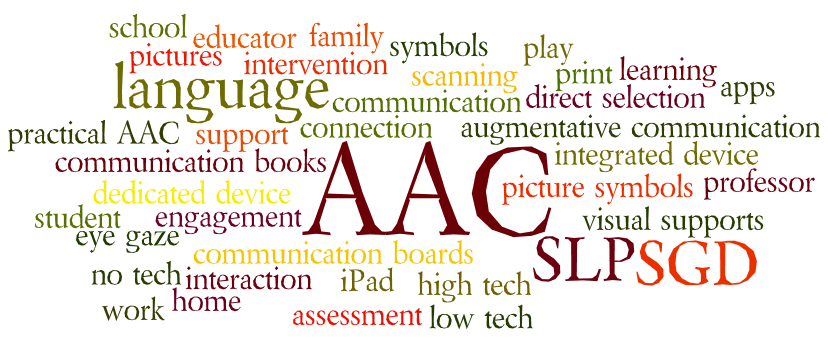January 16, 2012
by Robin Parker -

Just returned from the 19th Annual Statewide Center for Autism and Related Disabilities (CARD) Conference (under full disclosure, I am the Director of the CARD Grant at NSU). It was a very busy long weekend that began with a free pre-conference educators day and ended with one of the 47 session options. I have tweeted some educational highlights that included a keynote by Dr. Amy Wetherby about the new DSM 5 (thats right no more Roman Numeral) diagnostic features for Autism Spectrum Disorder (that’s right again, no ‘s’ on the end) and a dinner party talk by Dr. Temple Grandin (wow!). I tend to look at conference information as a teaser… first information is highlighted and then I do a more in-depth review and analysis into specifics that are related to me. Quick Info on My First 3 Favorite Topics/Resources The Learning Curve– resources that include interesting and interactive materials for teachers of... [Read More...]
January 6, 2012
by Robin Parker -

We know that ALL people communicate. However, when someone has communication challenges, their signals may not always be obvious or conventional. Here is our Quick Step Guide to getting to know about someone’s specific communication. Using these steps will help facilitate spontaneous communication and move communication along the continuum of conventionality and symbolism. 1. Observe: What are they doing that is potentially communicative? Look for clues in behaviors. Consider proximity, persistence, expressions, repetition, intensity, or anything else that might expresses a message. More ideas from the National Consortium on Deaf-Blindness. Great information that is applicable to a wide range of early communicators. Don’t rule this out until you’ve looked at it. 2. Interpret: What does that behavior mean? Think about what would they ‘say’ if there was no communication problem. It can be a positive message (‘I want that’, ‘oh come on pretty please’) or a negative message... [Read More...]

